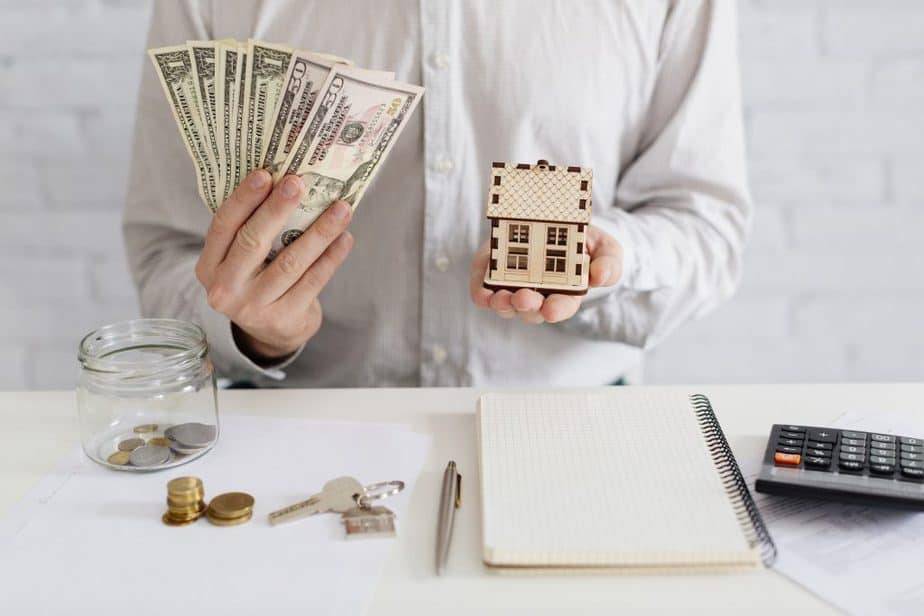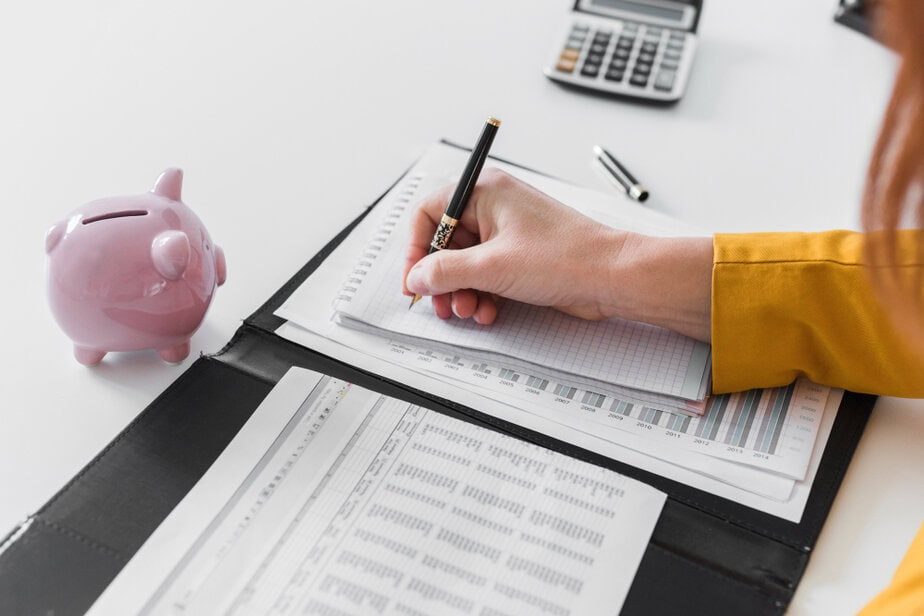Are you planning to buy a home? Do you want to know how to make it possible? For many people, having their own home is a lifelong dream. However, the rising housing costs make it nearly impossible to do so.
If you are highly motivated to be a homeowner, consider using government programs. You can get funds for a home purchase from your registered retirement savings plan (RRSP). Read on to know more about the RRSP’s first-time Home Buyer’s Plan, its requirements, repayments, the missed repayment process, and other important information.
What is RRSP?
The RRSP is a retirement plan designed to offer financial support. It helps Canadians get financial support after retirement. It also motivates Canadians to grow their earnings while deferring the taxes. Canadians can contribute 18% of their income to this retirement plan. All RRSP contributions are tax-deductible.
Canadians can invest their RRSP funds in exchange-traded funds, mutual funds, stocks, GICs, bonds, and cash. Any gain will be tax-deductible when they remain in the RRSP. As a result, you can make more through capital gains, interests, and dividend income.
However, you cannot withdraw from the RRSP account before your retirement. If you do so, you will have to pay taxes. This is true for everyone except for first-time home buyers.
You can borrow up to $35,000 from your RRSP fund to make a down payment on your new home. The amount is tax-deductible. If you share ownership with another first-time home buyer, you can both get $35,000 from your respective RRSP accounts. However, you will need to repay the funds within 15 years.
Eligibility criteria to qualify for the RRSP First Time Home Buyer’s Plan
The RRSP first-time Home Buyer’s Plan (HBP) can help eligible first-time home buyers to withdraw money from their RRSP accounts, tax-free.
Following are the eligibility criteria you need to meet before you qualify for the HBP.
- 1. You are a Canadian resident.
-
2. The RRSP fund must be in the account for a minimum of 90 days before the withdrawal.
-
3. If you are sharing ownership of the new home with someone who already has a home, you must not have lived in that home for at least four years.
-
4. You have not owned a home within the last four years.
-
5. You have a written agreement for qualifying or buying a home.
-
6. You want to use that home as your primary residence within one year of your purchase.
-
7. You must withdraw from the RRSP within 30 days of receiving the title of your home.
-
8. You must not have any outstanding balance if you have used the HBP before.
If you do not meet the above eligibility requirements, your withdrawal from the RRSP will be taxable. You will also have to mention the withdrawal amount as a taxable income in your next income tax statement.
Eligibility while sharing ownership
You can buy a home with your spouse or other legal partners. If you both meet the first-time home buyer requirements, you can withdraw $35,000 each from your respective RRSP accounts. The combined total will be $70,000. However, you will have to prove that you have not lived in that house as a primary residence.
How does the RRSP first time Home Buyer’s Plan work?
As mentioned earlier, any amount you withdraw from your RRSP account must have been in the account for a minimum of 90 days prior to the withdrawal. Additionally, you will need a printed copy of Form T1036. You can get this form from the website of the Canada Revenue Agency.
Once you have the printed copy, you can fill out Section 1, and the financial institution that holds the RRSP will fill out Section 2. After filling out the form, the financial institution will send a T4RSP form to you with confirmation. It will confirm the amount you can withdraw from the RRSP. You will have to refer to the T4RSP form in the income tax return for the withdrawal year.
More importantly, you will have to make the withdrawal within 30 days of receiving the title of your home. If you take more than 30 days, the amount will not be tax-deductible and will not be eligible for HBP.
Additionally, you will have to make annual repayments two years after the withdrawal. You will get detailed information about the loan, balance, and repayments. Canada Revenue Agency will send a Notice of Assessment. It will include the repaid amount, the balance, and the repayment amount. You will have to start making repayments in the due year or the first 60 days of the following year.
What about the down payment?
You will have to make a down payment. The rules are stricter now. Under the new regulation, you will have to pay 5% of the total purchase amount as a down payment if the home is worth $500,000 or under. The minimum down payment will be 10% with homes costing over $500,000.
You can save money for the down payment in your RRSP account. As all the contributions will be tax-deductible, you can expect more benefits. While you cannot withdraw your money from the RRSP account, you can focus on the income-generating and high-quality assets in the RRSP investment account. You can make more with long-term wealth growth goals.
What is the process for withdrawing from the RRSP?
You cannot withdraw your funds from the RRSP before retirement. However, there will be a few exceptions. If you draw out any amount from the RRSP, it will not be tax-deductible. Also, you might find the withdrawal a bit complex. It will not be as simple as withdrawing money from your bank. There will be a few steps and some strict rules.
As stated earlier, you will need a printed copy of the T1036 Home Buyer’s Plan request form. You will get the form on the CRA website. If you have many RRSP accounts, you will need separate forms to withdraw funds from different accounts.
The withdrawal request form will have one page with two sections. You will have to fill out Section 1, and then you can send it to the concerned financial institution to fill out Section 2. The process might take a few days.
The bank will then transfer the money into your RRSP account, and you will get a confirmation. Also, the financial institution will send you a confirmation T4RSP form. The form will mention the deductible tax amount. It will ensure that the withdrawn amount will be tax-free. However, you will have to act fast when it comes to withdrawal. If you do not withdraw the amount within 30 days, you will not be eligible for HBP.

How to repay the loan
The HBP is a loan, and you will have to repay it within 15 years. You will have to make the first repayment two years after the withdrawal. You can also track your loan and the balance. The Canada Revenue Agency will provide all the details with a Notice of Assessment.
Make sure that you are regular about repayments. You will get two years to start making your repayment. You can calculate your loan amount to know how much you need to repay annually. Here is an example.
Say you bought a home in 2019. You withdraw $19,500 from your RRSP account. You will have to start making repayments after two years, in 2021.
The withdrawn amount divided by the repayment period = annual payment. So, $19,500 divided by 15 is $1,300.
Based on this calculation, if you withdraw $19,500 from your RRSP in 2019, you will have to start the repayment of $1,300 in 2021. You can also check the Notice of Assessment that the Canada Revenue Agency sends to avoid any confusion.
You can pay more than the required amount to reduce the annual repayment. They will adjust the repayments accordingly. Here is another example to clarify.
Say you paid the minimum amount in 2021, but you made an $8,075 repayment in the next year. You will have to adjust the remaining repayment in the following manner.
Total withdrawn amount less the first annual repayment amount = remaining balance:
$19,500 – $1,300 = $18,200
Remaining balance less the second repayment amount = loan balance:
$18,200 – $8,075 = $10,125
Loan balance divided by the remaining payment years = annual repayment:
$10,125 / 13 = $778.85
You can change the amount based on your contribution. With this simple calculation, you will know the amount you need to repay every year.
How to manage missed repayments
You will have to manage missed repayments differently, as any missed repayments will be taxable. If you cannot make an annual repayment or pay a certain amount, you can add it as RRSP income on your taxes. You will have to do the following.
First, subtract the paid amount and write the answer in line 129 on the tax return. You will have to pay taxes on that amount, and the HBP will adjust the balance accordingly. Here is a simple calculation:
Minimum annual payment less the paid amount = taxable income:
$1,300 – $1,000 = $300
RRSP first time Home Buyer’s Plan: Benefits and downsides
The key benefit is that the RRSP fund can enable you to buy your home. Also, the amount will be tax-deductible. However, you will have to withdraw the amount within a limited time. Any missed repayment will also be taxable.
Here are more benefits and downsides of the HBP.
Pros
-
1. The HBP is tax and interest-free. You will have to repay the exact amount within 15 years.
-
2. You can contribute more to the repayment and repay less in annual repayments.
-
3. HBP enables you to fulfill your dream and purchase a home.
-
4. You can repay your loan fast if you want.
-
5. You can share the ownership with your partner, and you will both get tax-deductible benefits if you meet the eligibility criteria.
-
6. The repayment will start two years after you withdraw the amount from RRSP. Therefore, there will be no immediate financial burden.
-
7. Missed repayments will not result in harsh consequences. Only the due amount will be taxable.
Cons
-
1. It is a loan, and you will have to repay it.
-
2. If you do not withdraw the amount within the given timeframe, the amount will be taxable.
-
3. You cannot withdraw before 90 days of having the fund in your RRSP account.
-
4. You will not receive any interest on your withdrawal amount until you have made all the repayments.
Conclusion
RRSP’s first-time Home Buyer’s Plan can make your dream of owning a home come true. It can help you make a down payment. More importantly, the amount is tax-free.
Additionally, with the HBP, you can purchase a home with your legal partners, including spouses. If you both meet the eligibility criteria, you can withdraw $35,000 each. However, you will have to consider both the advantages and disadvantages before taking advantage of this program.



